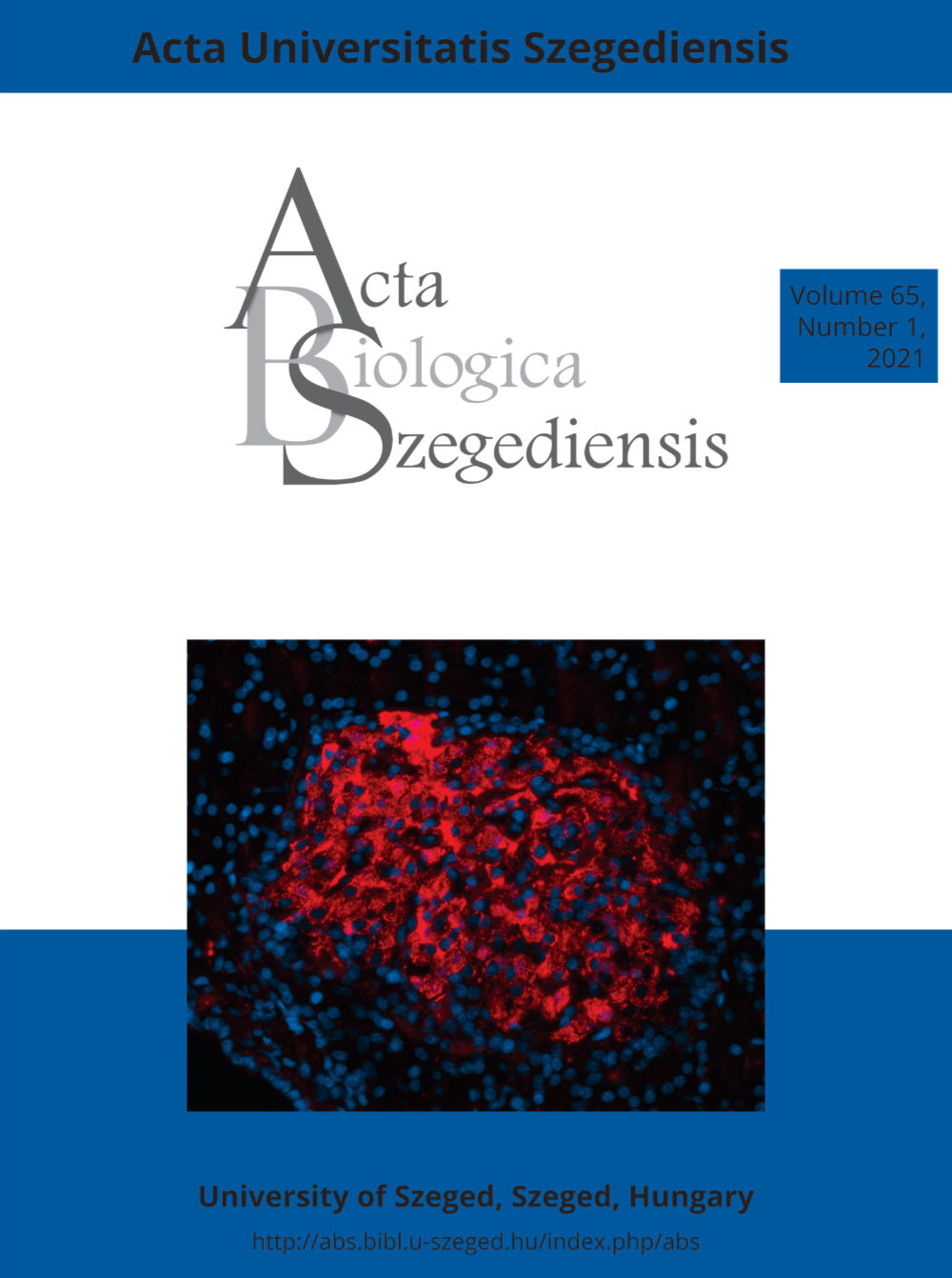Epidermal micromorphology of floret parts in Aeluropus (Poaceae)
DOI:
https://doi.org/10.14232/abs.2021.1.35-45Keywords:
Aeluropus, Aeluropodinae, Chloridoideae, lemma, paleaAbstract
Aeluropus from Poaceae comprises 5 species in the world and 3 species in Iran. This halophytic perennial is distributed in salty and dry soils of Asia, Europe, and Africa. In addition to being used as fodder, it can stabilize the soil by its rhizome or stolon. These features make Aeluropus a valuable plant. In this study, lemma and palea of 10 populations of Aeluropus were studied micromorphologically by scanning electron microscope (SEM) to determine diagnostic features among species studied. Eight characters as micro-prickle, macro-hair, long cell outline, cork and silica cells, papilla, salt gland, and epicuticular wax were studied. The occurrence of salt glands and silica cells in populations/taxa studied showed the ability of Aeluropus to tolerate harsh habitats. Our result showed the taxonomic value of floret micromorphological features to separate Aeluropus species.








